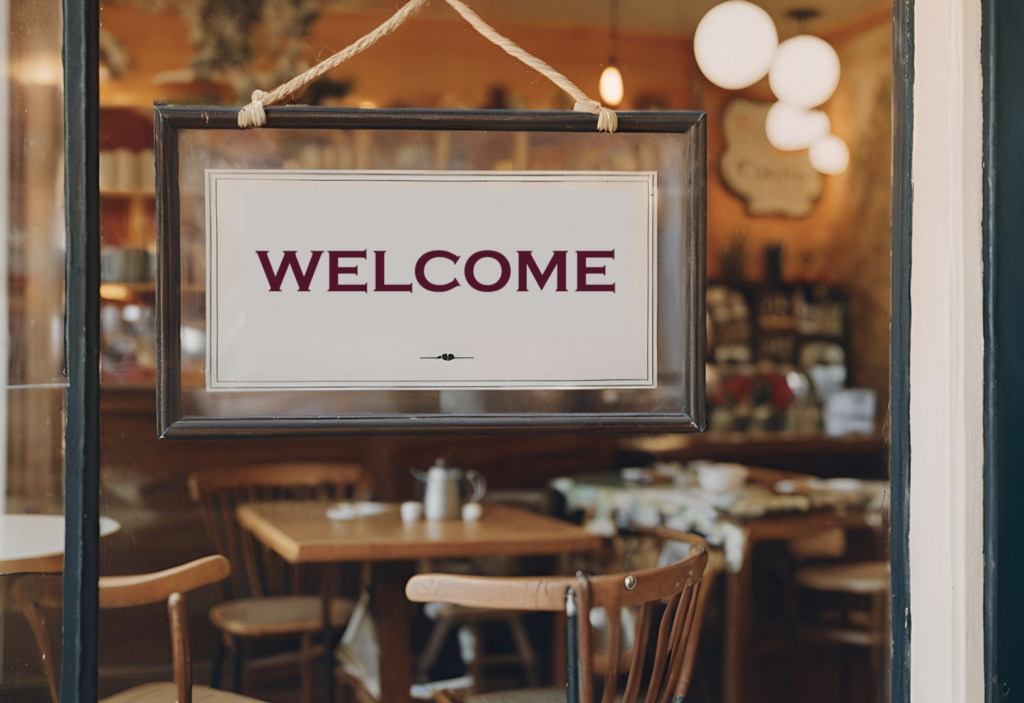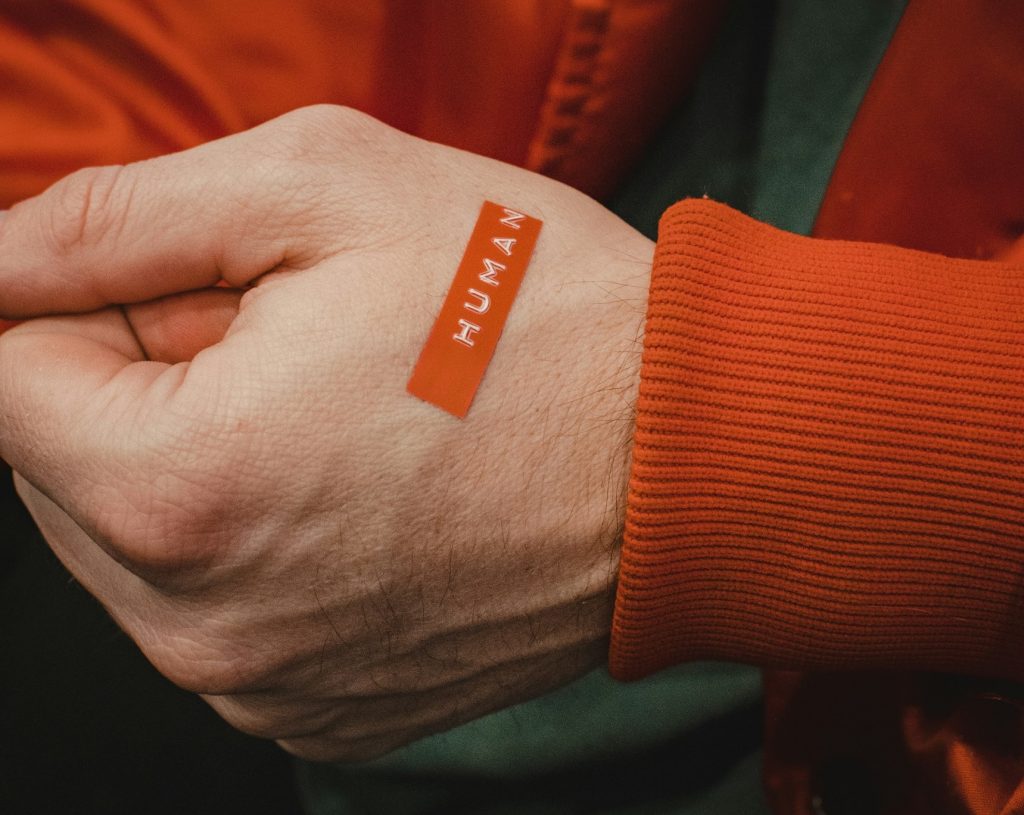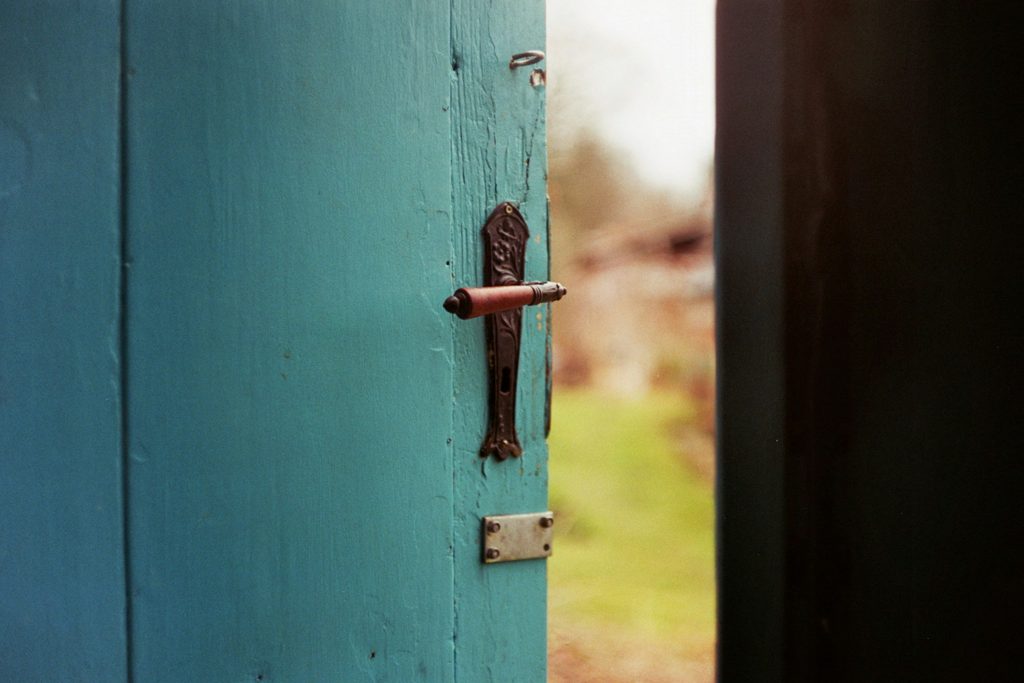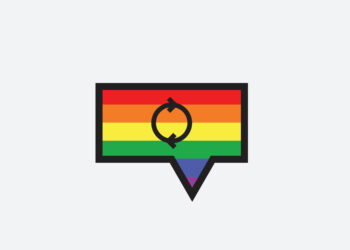
There isn’t one definitive method to clarify what a disaster is. It’s most likely greatest described by the individual themselves, in response to their experiences and values (Ball et al., 2005). Some individuals might relate their disaster to a psychiatric situation, others might even see crises occurring when their standard methods of coping don’t work, unrelated to psychiatric situations. The variation in how individuals understand crises explains why a ‘one measurement matches all’ disaster service is unlikely to fulfill everybody’s wants or preferences (Rojas-García et al., 2023).
Disaster Decision Groups (CRTs) present providers that scale back the necessity for hospital admission for many individuals however have been criticised for having too excessive a threshold for entry. Psychiatric liaison providers, based mostly in emergency departments (known as ED or A&E), present disaster care, however EDs may be extraordinarily busy, noisy locations, risking additional misery. Some individuals merely don’t just like the scientific method that CRTs and ED present.
Earlier blogs right here have described an array of analysis on disaster providers together with intensive residence therapy and disaster decision groups and acute day hospitals, whereas Present UK authorities insurance policies name for a variety of disaster providers together with alternate options to mainstream provision.
One such type of different provision that has turn out to be more and more frequent is the Disaster Café. These are native, accessible, snug and welcoming areas run by voluntary organisations, the NHS or a partnership between each. Employees are principally ‘non-professional’ in that they’re extra sometimes peer supporters, volunteers or different non-clinical assist staff. Cafés are designed to supply early intervention to forestall additional escalation of crises and are usually open to anybody experiencing misery, no matter prognosis or presenting points.
To fill a substantial hole within the printed proof concerning the work of those disaster cafés, this exploratory research aimed to evaluate what disaster café do and what’s wanted to set one up in England.

One novel method to disaster care is a Disaster Café the place the main target is on creating an accessible, snug welcoming house.
Strategies
The research group included teachers, professionals and other people with lived expertise. A service analysis collected qualitative information from particular person videocall interviews with twelve disaster café managers who consented to participate from throughout England. Members had been purposively chosen to incorporate disaster cafés presently working:
- in city and rural settings,
- run by completely different organisations (NHS, voluntary organisations or each),
- with completely different lengths of time in operation.
A subject information included questions concerning the disaster cafés, boundaries and facilitators to their implementation, effectiveness and accessibility. Interviews had been recorded, transcribed and anonymised earlier than being analysed utilizing a six-step qualitative evaluation (Braun & Clarke, 2006) to determine codes and organise the codes into themes.
Outcomes
Evaluation included information from 12 interview transcripts: six interviews from an earlier qualitative research and 6 new interviews. Collaborating disaster cafés had been in England, run by the voluntary sector (n=8), the NHS (n=2) and collectively (n=2). Half had been in rural and half in city settings. The earliest disaster café opened in 2014 and the latest in 2020. The evaluation resulted in 12 themes illustrated with participant quotes and offered inside three broad domains (Field 1).
The primary area recognized 5 core roles for disaster cafés:
- Disaster cafés open day by day, principally ‘out of hours’ within the night and at evening.
- Central to their position is the supply of somebody to speak to in a protected and cozy atmosphere.
- This consists of peer assist to supply a non-judgemental, listening service, signposting to different providers or generally by means of offering assist to entry CRT or ED.
- Interventions embrace disaster planning and supporting individuals with coping expertise to forestall future crises.
- In response to excessive thresholds for entry to CRTs, disaster cafés present assist for ‘decrease stage’ crises, not offered for by different disaster providers, significantly when medical intervention isn’t wanted.
The second area recognized 4 elements that affect the effectiveness of disaster cafés.
- Elementary to the success of disaster cafés was the assumption that crises are ‘self-defined’ fairly than utilizing scientific definitions.
- Ongoing co-production was key to growing personalised care.
- Flexibility and an open-door coverage, fairly than aiming to fulfill stringent targets, marks out the disaster cafés as completely different.
- Nonetheless, the open-door coverage could make it troublesome to estimate the variety of workers wanted.
Employees have a variety of expertise; many have lived expertise. Coaching is offered and supervision helps workers to answer misery, take care of their very own emotions, and scale back the danger of changing into distressed themselves. Fostering connections with different disaster care businesses helps to forestall individuals ‘slipping by means of cracks’ between providers. Some individuals are under-represented amongst guests to disaster cafés, thought-about to be associated to stigma and cultural boundaries. Journey and security current boundaries to entry, usually resulting from out-of-hours opening. Options included elevated use of phone contact.
The third area recognized three key dilemmas for disaster cafés to think about. These dilemmas all relate to sustaining a distinct id and function from extra mainstream and scientific disaster providers.
- An open-door makes the café accessible however creates difficulties in managing demand. Tensions come up when disaster cafés undertake techniques related to scientific providers to handle demand similar to asking individuals to attend or having an appointment system.
- Related tensions come up in relation to triage and threat assessments. Utilizing these approaches might guarantee security and applicable signposting however might alienate some individuals by growing fears about Psychological Well being Act detention.
- Tensions concerning the disaster café’s obligation of care relate to the scope of the café’s accountability past the time the individual is current within the café.

Elementary to the success of disaster cafés was that psychological well being crises had been believed to be ‘self-defined’ fairly than outlined by scientific labels or strict entry standards.
Conclusions
The research recognized a core set of goals for disaster cafés from the views of café managers in England. Components influencing the effectiveness of disaster cafés had similarities to different forms of disaster care and included accessibility, means to ship individual centred care, staffing and connectedness with different disaster providers.
Key challenges confronted by disaster cafés included sustaining open-door entry while being adequately staffed to fulfill demand, sustaining security but avoiding adopting overly scientific processes, similar to threat evaluation and stringent eligibility standards. Hyperlinks with different disaster providers had been key to avoiding individuals falling by means of cracks between providers.
Strengths and limitations
That is the primary research to discover the core features and implementation of the disaster café mannequin in-depth. The deal with implementation and repair supply lent itself to interviews with service managers who’ve an in depth data of the day-to-day working of providers and the challenges confronted. Regardless of this, the attitude of managers is a restricted one. A pattern that included individuals visiting and dealing in disaster cafés might have yielded even richer information and rested extra comfortably with the core ethos of disaster cafés (Dalton-Locke et al., 2021). It was good to learn that the group conducting the analysis included a lived expertise researcher and early profession researchers supported by senior teachers who had been all concerned within the assortment and coding of the info, and all are named authors.
By sampling profitable disaster cafés , the research missed alternatives to find out about disaster cafés that haven’t been sustained. Understanding the boundaries to sustaining disaster providers is essential to their implementation particularly given what’s already recognized concerning the too usually precarious funding of voluntary sector disaster providers (Newbigging et al., 2020).
The inclusion of information from a earlier research alongside new information requires readability on the contextual variations between the 2 information units. It raised methodological questions on whether or not the goals of the 2 research aligned or if there have been any challenges within the evaluation brought on by having two units of information.
The organisation of the findings into three ‘domains’ deviated from the extra standard themes and sub-themes used to explain qualitative findings (Braun & Clarke, 2006). The content material of the ‘domains’ and ‘themes’ is offered coherently nonetheless and is supported by quotes from contributors. Regardless of some minor limitations, the research findings present insights into the position, implementation, and challenges confronted by disaster cafés.
Implications for apply
The findings from this research add a extra detailed perception concerning the position of disaster cafés from the particular perspective of managers. To have an effect on apply, additional analysis is required to grasp the attitude of these visiting and dealing in disaster cafés. It’s significantly essential to align future analysis with the co-production ethos underpinning the disaster café mannequin. This might additionally present insights into the influence of the challenges managers recognized round staffing and security, as these instantly influence these working in and visiting disaster cafés. Such analysis might additionally discover in additional depth the person outcomes associated to the ‘non-clinical’ id of disaster cafés.
It’s also essential, from an implementation perspective, to grasp element about how the disaster café mannequin works inside a multi-agency disaster providers system. The findings right here emphasise the significance of sustained relationships between disaster cafés and different disaster providers, however this isn’t at all times simple in a fancy and continuously evolving disaster care system (Clibbens et al., 2023; Rojas-García et al., 2023).
Disaster cafés may be significantly inclined to funding difficulties. Whereas their distinctive ‘non-clinical’ ethos is valued by many individuals in disaster, it concurrently makes their sustainability weak, given the diploma of separation this encourages from mainstream well being and care techniques (Newbigging et al., 2020).
From our experiences of disaster cafés, there are some essential issues for the way they’re built-in with the broader disaster care system. Referral between disaster cafés and different providers isn’t at all times simple. An instance of that is people who find themselves distressed, but new to psychological well being providers, being ‘signposted’ fairly than referred to disaster cafés, once they don’t meet standards for CRTs. It’s simple to see how individuals in disaster who’re much less skilled in navigating complicated well being and care techniques might simply fall between the cracks. Additional, some disaster cafés are unable to supply assist to individuals already being handled by main or secondary psychological well being providers but having simultaneous assist from a disaster different, like a café, might meet their wants extra holistically.
Folks experiencing a disaster, and the broader disaster providers workers usually don’t find out about disaster cafés of their space or what they supply. This resonates with the findings right here the place voluntary sector providers handle a balancing act between visibility of their communities and vulnerability from stigma (Newbigging et al., 2020).
The research recognized that stigma might create boundaries to entry for some individuals, significantly those that could also be marginalised resulting from their dwelling state of affairs, poverty, well being situation, tradition or ethnicity. Our expertise means that ongoing enchancment and consideration of ways in which disaster cafés can higher assist and enhance entry for marginalised individuals, together with homeless individuals, individuals from completely different cultural or ethnic backgrounds or those that don’t belief psychological well being providers, resulting from earlier poor experiences or trauma, is critically essential.

Folks working disaster cafés handle a balancing act between visibility of their communities and vulnerability from stigma
Hyperlinks
Main paper
Staples, H. Cardorna, G. Nyikavaranda, P. Maconick, L. Lloyd-Evans, B. & Johnson, S. (2024) A qualitative investigation of disaster cafés in England: their position, implementation, and accessibility, BMC Well being Companies Analysis, 24(1). https://dx.doi.org/10.1186/s12913-024-11662-0
Different references
Ball, J. S., Hyperlinks, P. S., Strike, C., & Boydell, Ok. M. (2005). “It’s overwhelming… all the pieces appears to be an excessive amount of:” A concept of disaster for people with extreme persistent psychological sickness. Psychiatr Rehabil J, 29(1), 10-17. https://doi.org/10.2975/29.2005.10.17
Braun, V., & Clarke, V. (2006). Utilizing thematic evaluation in psychology. Qualitative Analysis in Psychology, 3(2), 77-101. https://doi.org/doi: 10.1191/1478088706qp063oa., 200
Clibbens, N., Sales space, A., Sharda, L., Baker, J., Thompson, J., Ashman, M., Berzins, Ok., Weich, S., & Kendal, S. (2023). Explaining context, mechanism and consequence in grownup group psychological well being disaster care: A realist proof synthesis. Worldwide Journal of Psychological Well being Nursing, 32(6), 1636-1653. https://doi.org/10.1111/inm.13204
Dalton-Locke, C., Johnson, S., Harju-Seppänen, J., Lyons, N., Rains, L. S., Stuart, R., Campbell, A., Clark, J., Clifford, A., Courtney, L., Dare, C., Kathleen, Ok., Lynch, C., McCrone, P., Nairi, S., Newbigging, Ok., Nyikavaranda, P., Osborn, D., Persaud, Ok., . . . Lloyd-Evans, B. (2021). Rising fashions and developments in psychological well being disaster care in England: a nationwide investigation of disaster care techniques. medRxiv, 2021.2007.2008.21259617. https://doi.org/10.1101/2021.07.08.21259617
Newbigging, Ok., Rees, J., Ince, R., Mohan, J., Joseph, D., Ashman, M., Norden, B., Dare, C., Bourke, S., & Costello, B. (2020). The contribution of the voluntary sector to psychological well being disaster care: a mixed-methods research. Well being Companies and Supply Analysis, 8, 29. https://doi.org/10.3310/hsdr08290
Rojas-García, A., Dalton-Locke, C., Sheridan Rains, L., Dare, C., Ginestet, C., Foye, U., Kelly, Ok., Landau, S., Lynch, C., McCrone, P., Nairi, S., Newbigging, Ok., Nyikavaranda, P., Osborn, D., Persaud, Ok., Sevdalis, N., Stefan, M., Stuart, R., Simpson, A., . . . Lloyd-Evans, B. (2023). Investigating the affiliation between traits of native disaster care techniques and repair use in an English nationwide survey. BJPsych Open, 9(6). https://doi.org/10.1192/bjo.2023.595













